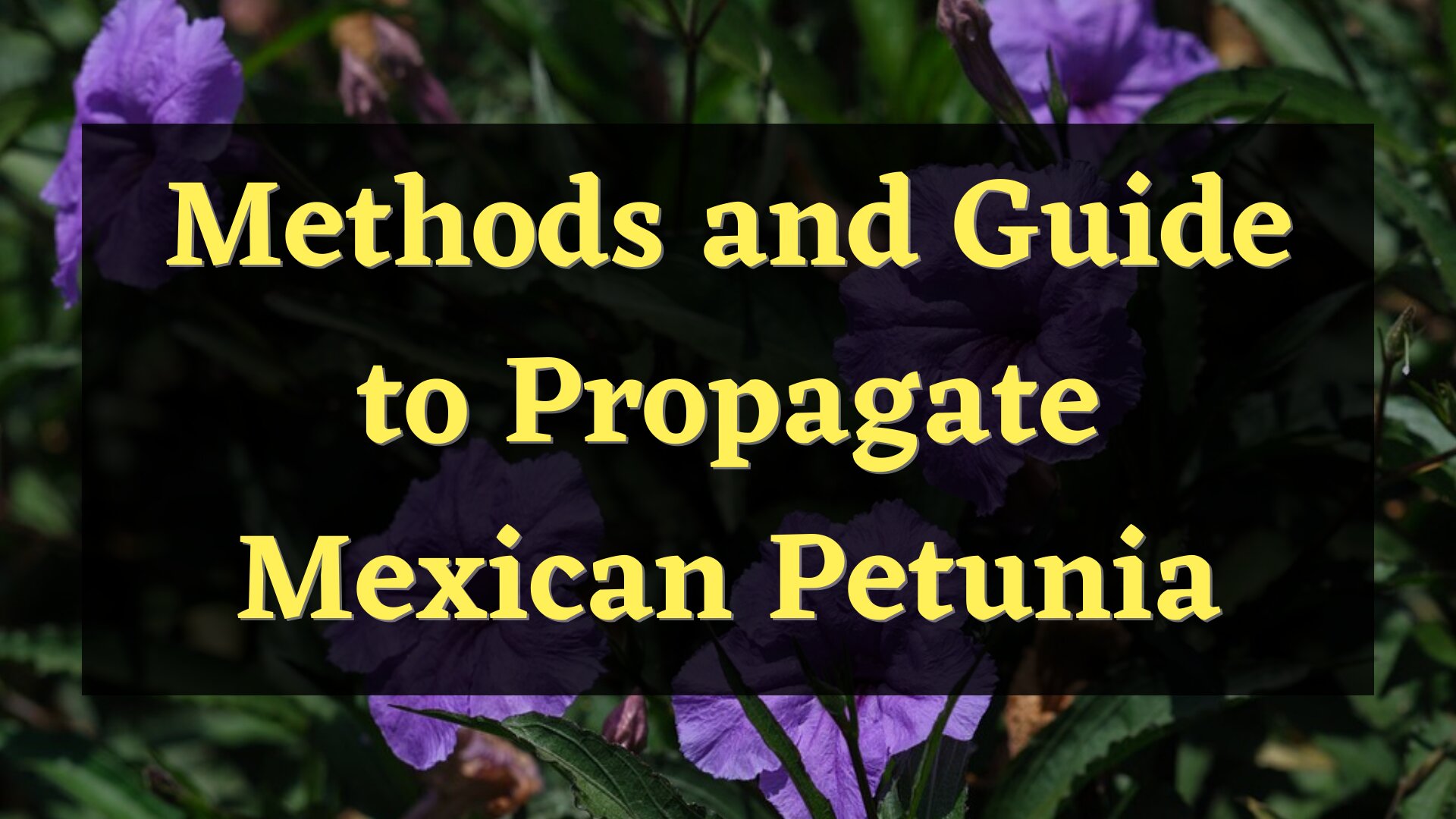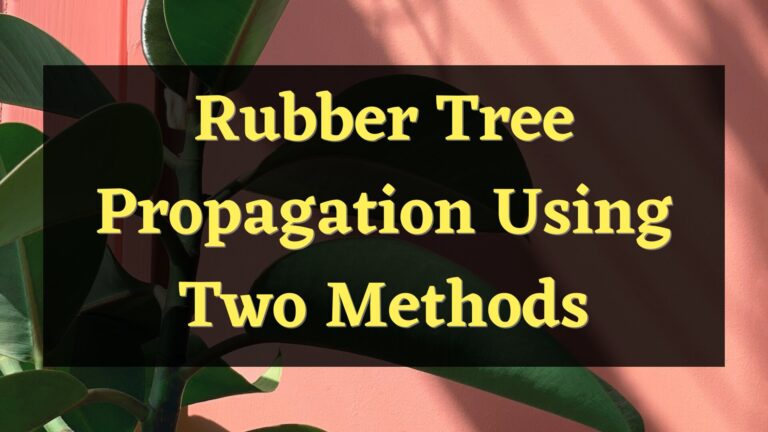Propagating a Mexican petunia is very easy and does not require a lot of time. In fact, Mexican Petunia is known to propagate on their own. They are classified to be aggressively invasive in nature. However, if you are not patient enough to wait, you can choose to do it yourself.
In this blog post, I will teach you how to propagate a Mexican petunia plant. I will explain each step carefully and fill you with important details that you need to know.
About Mexican Petunia
Mexican Petunias are very famous for their heat tolerance and shade-loving nature. These flowers easily spread and propagate on their own with reckless abandon. They are especially known for their papery, trumpet-shaped flowers that have a variety of colors that ranges from purple to pink. Although each flower only lasts for just a single day, they continuously grow flowers during their flowering season. While Mexican Petunia is a perennial plant that grows again every year, it can only last for around three years.
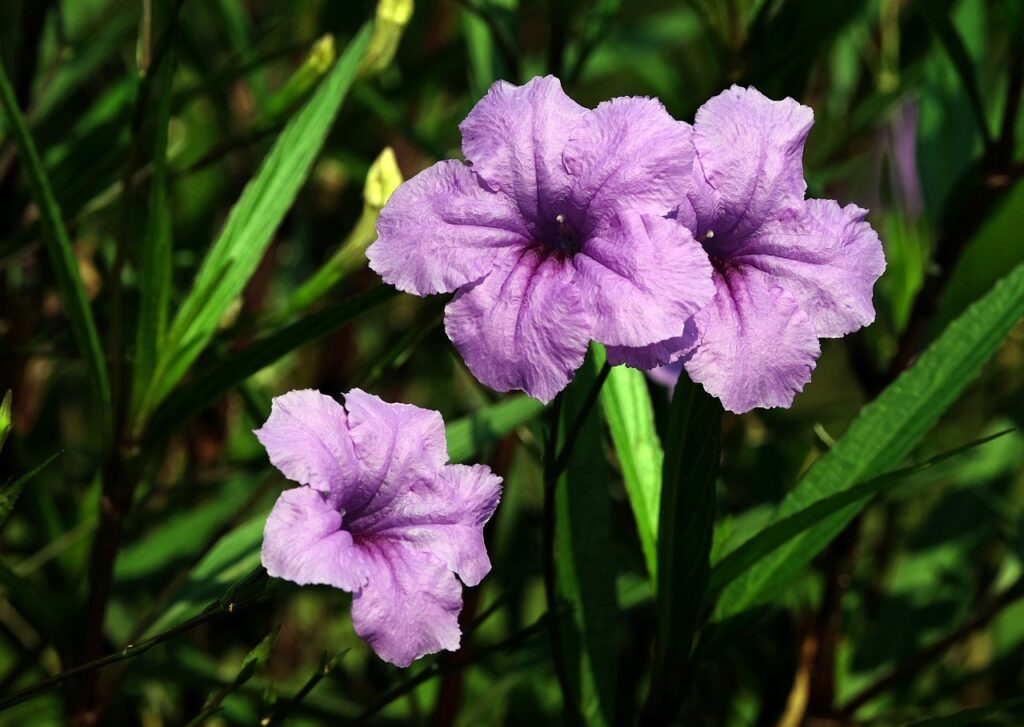
Why would you want to propagate Mexican petunia?
Mexican petunias aren’t just ornamental plants that are only grown for their flowers. These plants are also claimed to be an important medicinal plant that is a cure for many diseases such as flu, fever, bronchitis, asthma, eczema, high blood pressure, and diabetes. Some folks have also used this plant as a garnish as they are part of the nightshade family of plants; tomatoes, eggplants, and tomatoes. They are not meant to be eaten.
2 Methods to propagate Mexican Petunia
Mexican petunias are known to naturally propagate by themselves. They can propagate on their own using 2 different methods, through seeds or rhizomes. They are able to spew their own seeds as far as 10 feet from where they currently stand. They also have an underground stem also known as a rhizome that helps put out lateral shoots that can grow into new Mexican petunia plants.
When trying to propagate a Mexican petunia plant by yourself, there are two ways how it can be done. You can either propagate this plant through cuttings or grow them from their seeds.
Propagation through cuttings
Pruning
The first step for propagating a Mexican petunia through cutting is to take a cutting from an adult Mexican petunia. But it is also important to not just cut a stem of the adult plant, it is advised that you clean and sanitize the blade, scissor, or knife that you will be using to cut your adult Mexican petunia plant. Soak a rag with alcohol and use it to clean the cutting tool that you will use. Sterilizing the cutting tool will prevent any chances of bacteria or disease spreading.
Take your cutting
The ideal length of cutting that you want to take will be about 4 to 5 inches long. When you are about to cut the stem, make sure to cut just below the node, the small bump where the leaf and the stem meet. This is very important as this part is where the root system of your new plant will grow. The cutting that you want to take has to have a growth bud on top of it. Selecting the healthiest-looking stems is also a factor in choosing your cutting.
Preparing your cutting
Cut off the leaves that are at the cutting’s base, your cutting ideally has to only have 2 sets of leaves. Remove any buds of flowers as well. It is advised to pour or soak your cutting into powdered rooting hormones as well. These hormone powders will help accelerate the growth of cutting roots.
Preparing the planting medium
Find a pot that has a good draining system, the ideal size for a cutting would be a 4-inch pot. Fill your pot with a soil mixture. It is not necessary, but you can also choose to put peat moss on top of your soil mixture. Sprinkle your planting mixture to keep it moist.
Planting your cutting
With a pencil or a stick, poke a hole that is about 2 inches deep in the middle of your soil mix. Stick the cutting to the hole. Making a hole first is recommended then just directly burrowing your cutting into the soil mix. It prevents the hormone powder that you’ve applied to your cutting in the previous step from being knocked off.
Transferring your young plant
After weeks or months, your cutting will eventually turn into a young plant. Mexican petunias are known to be especially fast-growing plants and can also be aggressively invasive. Sooner or later, they will outgrow the current pot that they are in. It is much better to put them in a place where they freely grow. However, if you really want to pot your Mexican petunia plant, you will need to constantly prune them to prevent them from wildly spreading.
Monitoring, Observing, and Watering
There is nothing much that you will have to do once your new plant is fully established. You will only need to monitor and observe your new plant. This will allow you to spot any diseases in their early stages and will be able to prevent them from worsening. Don’t forget to also regularly water your new plant to prevent the soil from drying up.
How long does it take a cutting to root?
Mexican petunias are a fast-growing plant, you can expect to see a full root system about 3 to 4 weeks after you planted its cuttings. But if you planted a Mexican petunia from a seed, it will take that seed 10 to 12 weeks to fully grow and mature.
Propagation from seeds
Mexican Petunia is known to be aggressive and very invasive in the countries where they can be found. They are basically self-seeding flowers and you don’t need to bother yourself with sowing seeds if you already have one Mexican petunia plant. It will be able to propagate on its own.
However, if you are not patient enough to wait for your only plant to bloom and reproduce on its own. You can get its seed from your local store or any online sites that offer them. There are only a few steps in propagating a Mexican petunia if you prefer to sow them by yourself.
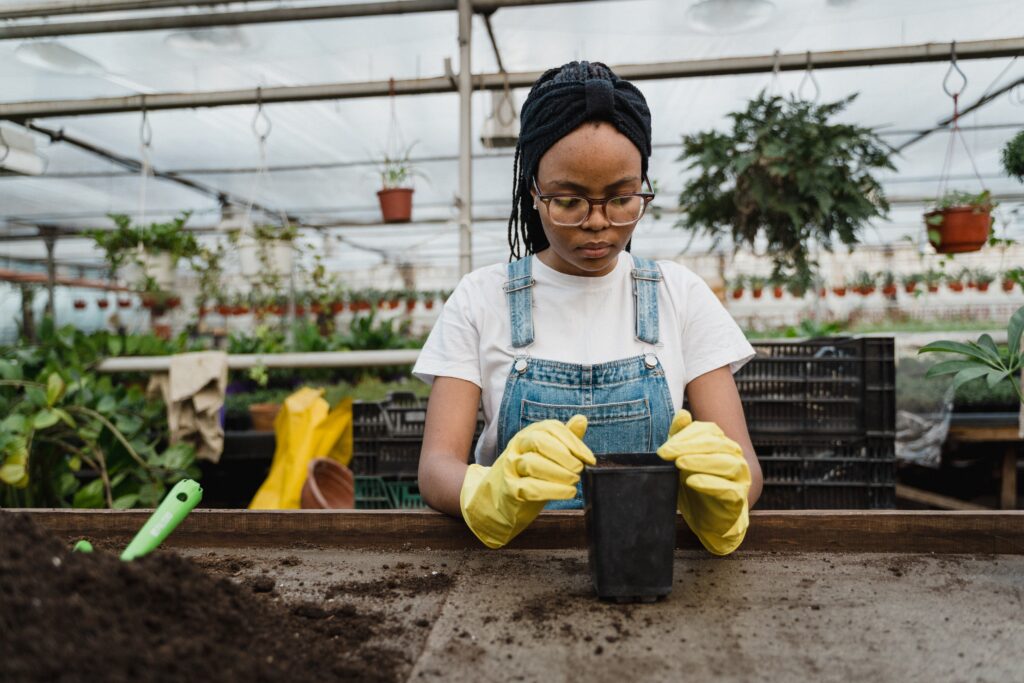
Prepare the planting medium
Mexican petunias aren’t that picky about the type of soil or location that they are in. You can either prepare a pot with a soil mix or directly plant them in your garden. Applying peat moss on top of your soil mix is recommended but not required. Sprinkle a little bit of water on top to keep the upper inch of the soil moist before sowing the seeds.
Sow your Mexican petunia seeds
Punch a hole in the middle of your potting mix with at least 1 inch of depth. Provide a space of at least 12 inches in between each plant, this is to keep in mind the actual size of an adult Mexican petunia plant. Water your seeds after planting, and water them regularly until the seedling sprouts.
Sowing Mexican petunia seeds is best done in early spring.
Transplanting your young plant
The steps onward will be exactly the same as the steps mentioned above. After sowing your seeds, you will just have to regularly water your young plant until it is fully established or until it becomes an adult plant.
As your young Mexican Petunia plant grows bigger each month that passes. If you planted your plant in a pot, you will need to transfer them to a bigger pot as they get bigger. Or, directly transfer them to your garden when you think they are established enough to live outdoors.
Monitoring, Observing, and Watering
After your young plants fully establish themselves, there is not much that’s left for you to do but monitor, observe, and regularly water them. Constantly monitoring them is also important because it will help you to spot any diseases in their early stages and will be able to prevent them from worsening.
Pruning
As Mexican petunias are known to be invasive plants, you may want to constantly prune them. This will allow you to control the plant’s aggressive wide-spreading nature.
Conclusion
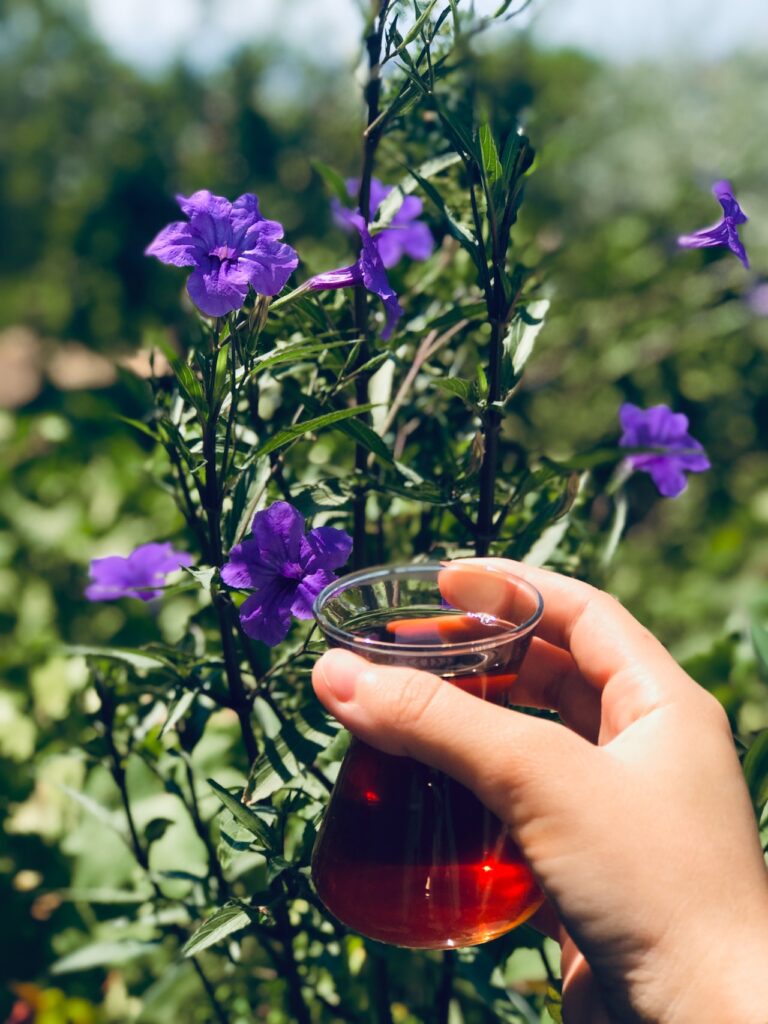
Mexican petunias thrive best in a location that has access to full sunlight and also partial shade. It is very easy to propagate a Mexican petunia. They are fast-growing and can also be invasive if left alone. Propagating it is much simpler than having to take care of an adult one. It is because an adult Mexican petunia will constantly need pruning if you don’t want them to spread wildly in its pot or in your garden.

Elizabeth Mcmillan is a passionate gardener with a strong interest in plants. She used to be a teacher, but Elizabeth has spent the last few years immersing herself in the world of plants, learning about their biology and cultural value and trying out different ways of growing them in her own garden. Elizabeth Mcmillan loves indoor plants, succulents, and cacti, and her friends and family know her as a plant care expert.

